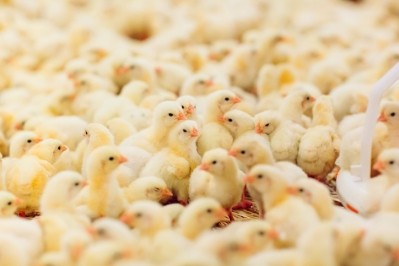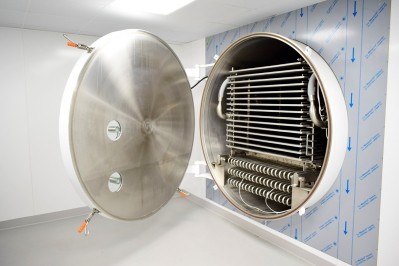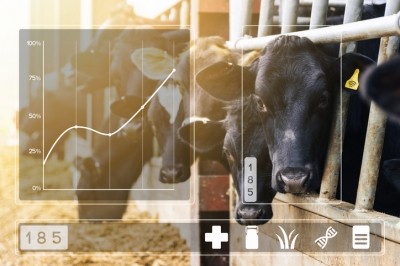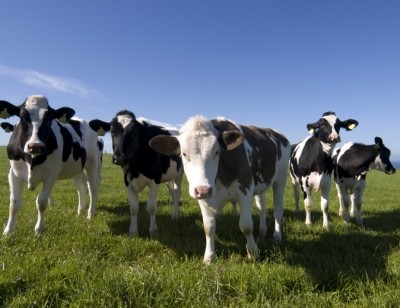New tools to manage heat stress in cows and rumen acidity
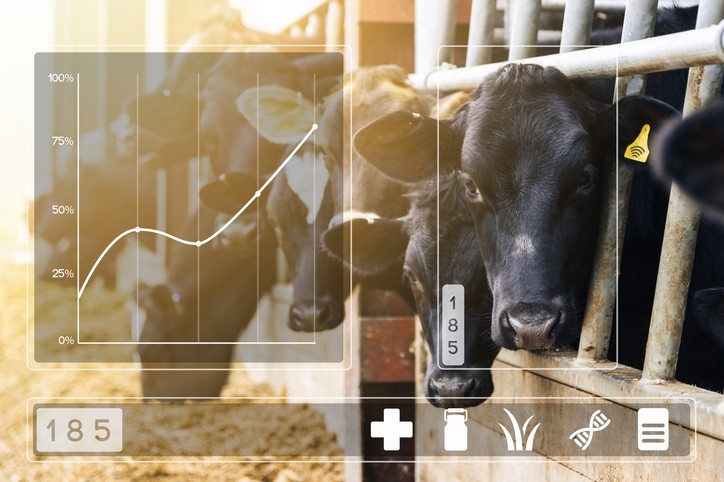
The webtool is designed to give farmers and farm advisors decisions-making capabilities, enabling them to adjust preventive programs before the summer season hits, said the company. They can forecast potential heat stress-related production losses.
Heat stress can cause significant losses for dairy and beef performance, even with adequate mitigation practices implemented in operations, said the developer.
"The economical impact of heat stress is often underestimated.
"Our goal with this webtool is, above all, to increase awareness about the consequence of heat stress for all types of ruminant production. If they are more conscious of the issue, farmers and farm advisors can better prepare and establish alleviation strategies to manage heat stress such as increasing the wind speed into the shed, the use of a specific diet and the use of specific rumen live yeasts to improve rumen health during a period of heat stress to maintain production," Aurélien Piron, technical manager, ruminant and Emilie Arcier, ruminant technical sales support, Lallemand Animal Nutrition, told us.
The predictive tool is based on an in-depth scientific review that represents different feeding and management styles all around the world. The idea was to have a comprehensive view under multiple global farming conditions.
"Lallemand conducted a review of the scientific publications on the milk and ADG losses caused by heat stress in different countries with different feeding management and production levels.
"Heat stress impact on animal production depends on several aspects such as the area, the feeding system, the production level, the parity, and the genetics of the animals. For instance, cows in Vietnam don’t suffer heat stress in the same way as cows in the UK.
"Different reviews conducted in several countries have estimated the consequences on animal performance. This study reveals heat stress starts earlier in more temperate countries," said the Lallemand duo.
The negative effects of heat stress on dairy cow production are well documented but to a lesser extent when it comes to other ruminants or different farming systems, they noted.
Lallemand used the mathematic model proposed by St-Pierre et al, 2003 to get an estimation of the ADG losses of finishing beef cattle during heat stress. "This model is assuming the average production of 1.6 kg/animal/day."
The new prediction tool is based on recordings of temperature and humidity in several strategic regions for ruminant production. “Temperature and humidity are keys to measure the environmental impact on animal performance, which is reported as the temperature and humidity index (THI). It is important to remember that the impact of stress is linked to the THI level and to the duration of exposure, both in terms of the number of hours per day and the number of consecutive days exposed to heat stress.”
Rumen acidity management
Meanwhile, also looking to leverage such interactive supports is Timab Magnesium, part of France’s Roullier group. It has developed an app to tackle rumen acidity.
Some five years after launching pHix-up, the company said the app will help its customers and suppliers calculate the required dosage of pHix-up in relation to the current buffer solutions and to the acidogenic risk of the ration. That product is designed to act directly on the rumen pH by neutralizing the excess acid produced by bacterial fermentation.
Subclinical acidosis is a complex challenge for farmers, concerning at least 20% of dairy cows nowadays, said the company, citing studies such as Villot et al (2017); Kleen et al (2003).
“Over the past decades, ruminant productivity has being increasing, in part as a result of the increase in the energy [levels] within the rations, which can alter rumen fermentation and cause a decrease in rumen pH. Subclinical acidosis is a pathology associated with this decrease in rumen pH and can lead to other diseases and reduced performances. As there are no external symptoms, it is hard to detect it,” said Melody Baudon, ruminant product manager, Timab Magnesium.
It sells pHix-up to distributors and feed manufacturers. Asked what kind of market penetration the company has seen with pHix-up since launch, she told us: “Today, more than 300,000 dairy cows are using pHix-up, mainly in Europe, North America and Latin America.”
That product, she said, is a blend of several magnesium oxides specifically chosen to have a powerful and complementary mode of action on rumen pH: a fast action and a long-lasting action. “When in contact with the rumen juice, magnesium oxide will solubilize in Mg2+ ions which can be absorbed by the rumen wall and hydroxide ions that can combine to rumen acids (H+ protons) and reduce them.”
Environmental stress
Environmental stress and ration change can impact rumen microflora and lead to a change in ruminal fermentation, explained Baudon
“With heat stress, cows will ruminate less, and the natural buffering capacity will be lower. With silo change and early grazing, rumen microflora needs to adapt to the new ration and to find a new balance. During that time, rumen environment is more fragile, and the acidosis risk is increased.”
In terms of why the company saw a need to develop the app, she said:
“There is two ways to calculate pHix-up dosage:
"The first way is by considering the neutralizing capacity of the buffer solution used on the farm - sodium bicarbonate, for instance. As pHix-up has a neutralizing capacity of 39mEq/g and sodium bicarbonate 12mEq/g, we advise to make the ratio between both: if there is 250g per cow per day of sodium bicarbonate used, we would advise around 75g of pHix-up in replacement. However, sometimes the level of buffer used at the farm does not correspond to the acidosis risk of the ration.
“The other way to calculate pHix-up dosage is to consider the ration parameters (proportion of concentrates, starch and NDF) to assess an acidosis risk. Depending on this acidosis risk level we advise an adapted pHix-up dosage between 0.2 and 0.5% of dry matter intake.
“To make these recommendations a lot easier and quicker to measure, we developed the app.”
